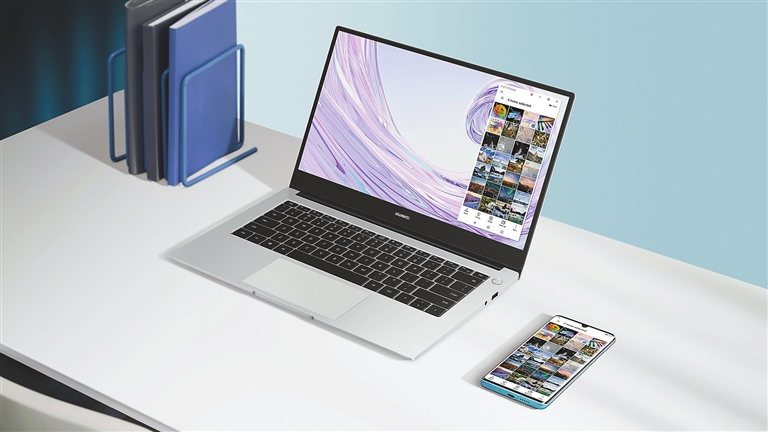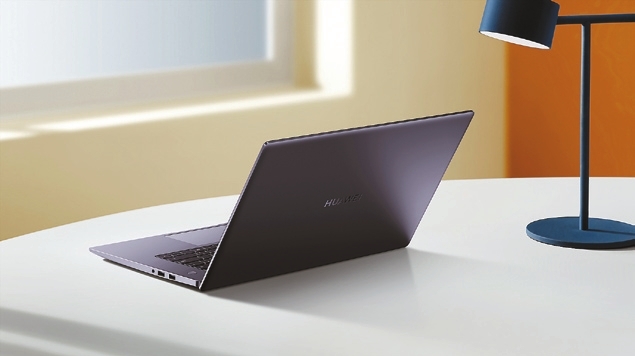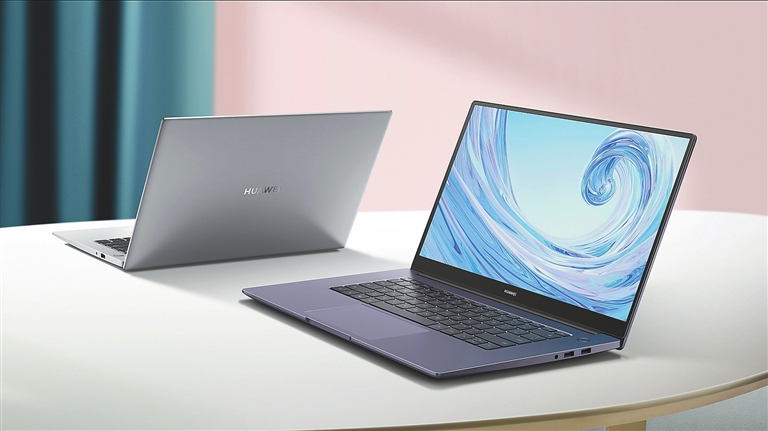


LAPTOPS — a category of products that once commanded the attention of media and consumers alike. Global shipments of the device, however, have declined for seven consecutive years. It has gotten to the point that many journalists and industry observers have written at length expressing their lack of confidence in the product category, with some even saying that it’s a sunset industry. One could say that the rise of smartphones and mobile connectivity has driven PC manufacturers into a rivalry akin to what we refer to as “ecological competition” in nature in which members of the same species compete for food and resources within the same territory. According to IDC, worldwide PC shipments have recorded a year-on-year increase of 1.5 percent and 1.1 percent in the second and third quarters of 2019 respectively. Looking at these figures, analysts for once all sang the same tune: In a saturated market, conventional products can no longer entice consumers. As for manufacturers, the only way to the blue ocean is through accurately identifying consumer needs. Huawei jumped on that opportunity. In 2018, Huawei’s PC business grew more than four times the rate of the period prior. In the first three quarters of 2019, it grew 214 percent year on year. The latest Huawei Matebook D is a product of Huawei’s unrelenting pursuit to satisfy consumer demands, delivering novel features and user experiences. Multi-screen Collaboration, a solution born from consumer insights into the ecosystem For the past decade (or perhaps even longer), the laptop market was dominated by a handful of established players that have been locked in a heated battle trying one up each other with new products that are bigger, lighter and work for longer than the rest. This competition has driven the industry to a dead end, one that allows for little innovation toward actually improving user experience. Inspired by its smartphone business, Huawei gleaned consumer insights into the PC market using a completely different approach. Huawei reckons that the full user experience is beyond what size, battery life and performance can deliver. In a world where smartphones have practically become part of consumers’ lives, notebooks are no longer a hub of activity, but rather an engine for mobile productivity. And when consumers’ demands for productivity are not addressed, we can see why the experience that many of today’s notebooks deliver isn’t up to snuff. When it comes to daily work, transferring files between smartphones and PCs has always been a hassle. The incompatibility between the two platforms is so apparent that even when using the same app, there’s still a disconnect between the user experiences on a laptop versus a smartphone. In the worst-case scenario, even with help from cloud storage and real-time synchronization, it’s still possible to lose precious data while working across platforms. Multi-screen Collaboration between PC and smartphones is the perfect solution to the biggest issue plaguing the PC user experience, bringing about an elevated user experience. With Multi-screen Collaboration, PCs cease to be a category all their own. Instead, it’s but one of the access points that takes users to a unified multi-device experience. If done right, this cross-platform solution could herald a new generation of PCs that is more consistent with consumers’ behaviors today. Technological advances can bring transformative changes to even laptops The Huawei MateBook D features the new Multi-screen Collaboration feature — or one could even say it’s a new experience. With Multi-screen Collaboration, the laptop can show the home screen of the smart device in a picture-in-picture window. Everything is in sync: You can send files such as images and documents between the devices by dragging and dropping, type in chat apps on the mobile phone using your laptop peripherals, or even attach PC files to an email draft and blast it out from the smartphone app. Everything works as naturally and intuitively as if it is natively run. With this new feature, trivial tasks that used to take minutes to complete now just need a second or two tops. In short, Huawei’s Multi-screen Collaboration is based on distributed technology. Developed to address the consumer demands Huawei has identified, this feature not only enables file transfer but also lets users share many features that were previously unique to one device across multiple devices, delivering a true cross-platform experience. Since Huawei entered the notebook market in 2016, it has consistently pushed the envelope and delivered new, exciting innovations to consumers. For instance, the Huawei FullView Display in the Huawei MateBook X Pro has become one of its defining characteristics. The Huawei Shark Fin cooling fans in the Huawei MateBook 13 come in an aerodynamic shape, like shark fins, featuring higher fan speed and air output when compared with conventional fans for greater cooling performance. And the Huawei OneHop is a well-loved feature among Huawei users facilitating one-tap file transfers between smartphones and notebooks. It’s not hard to see that Huawei’s ecosystem is coming together. Huawei is clearly adept at addressing consumers’ demands with capabilities afforded by its ecosystem. In Huawei’s 1+8+N strategy, the smartphone (the “1”) represents the core of all connections. The “8” embodies the eight categories of Huawei products including wearables as well as smart displays. The “N” stands for the uncountable connected smart devices that form the Internet of Things (IoT). The smartphone seamlessly connects to products under the eight categories; the connection is then extended to cover the innumerable IoT devices to support an all-scenario connected experience. A breed of notebooks: Huawei MateBook D Series The newest Huawei MateBook D Series comes with a range of new experiences that showcase Huawei’s commitment to innovation. For example, a recessed camera lets Huawei further cut down on bezel size and provides better privacy. The Huawei MateBook D 14 and Huawei MateBook D 15 have three ultra-slim bezels for a high screen-to-body ratio to provide a wide viewing area in a compact form. Another example is fingerprint login; the fingerprint power button is also inspired by smartphone design. It not only makes unlocking more convenient but makes the overall design cleaner. The Huawei MateBook D also features Huawei Shark Fin Fan 2.0. The newest iteration of the fan packs more fan blades — which are also thinner — delivering even greater cooling performance and higher air output. The innovations that Huawei brings to the table have already had a revitalizing effect on the whole notebook market. What Multi-screen Collaboration does is beyond what a feature typically provides; it’s a full experience that redefines the relationships between devices and users. From what we can see of the Huawei MateBook D, we are optimistic that Huawei will continue to leverage its manufacturing capabilities to create more innovative technologies and lead the industry forward for the benefit of consumers worldwide. | 
